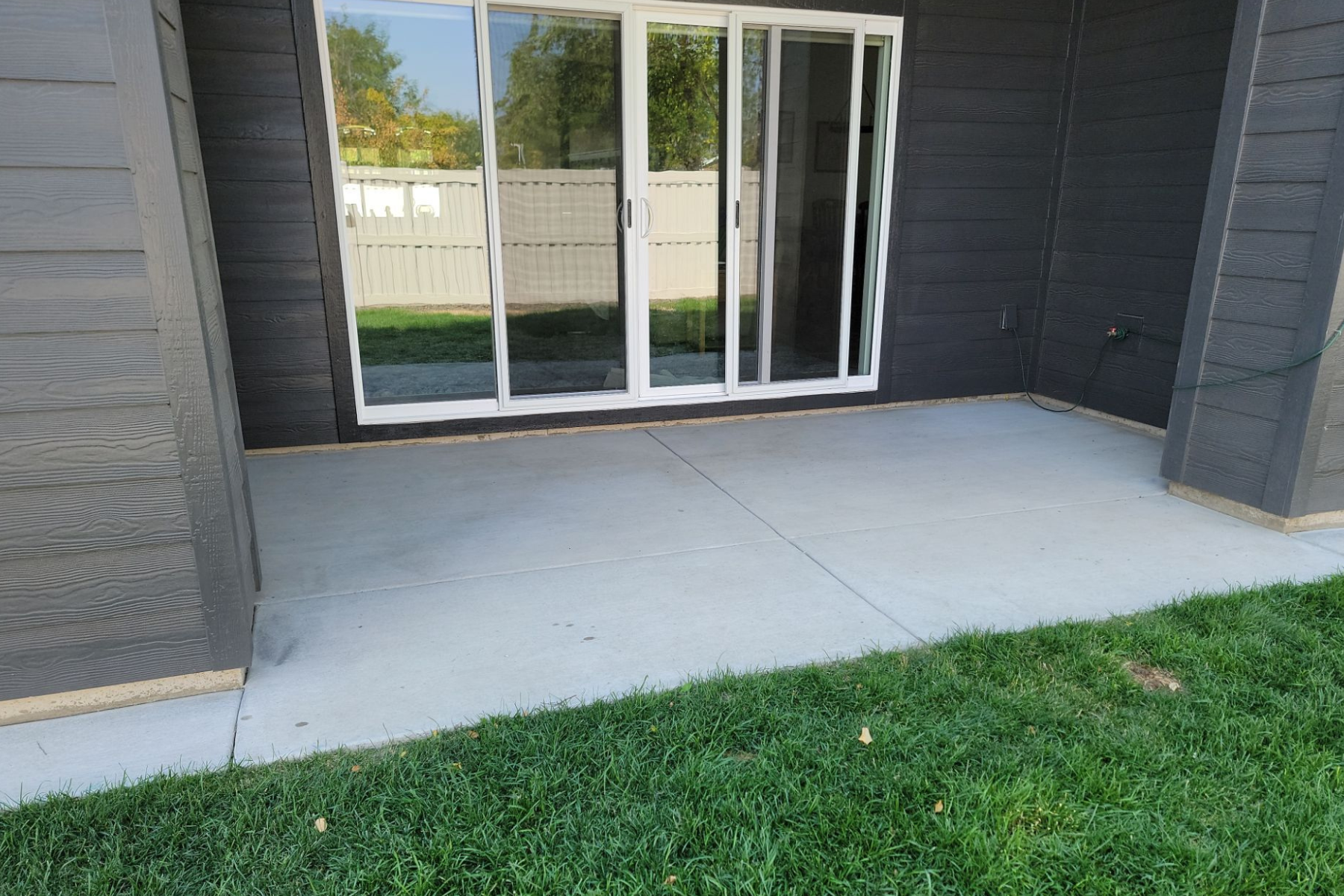Safely Storing and Disposing of Leftover Paint: Everything You Need to Know

Painting your home is a great way to freshen up your living space and give it a new look, however, when you have leftover paint, storing it properly is crucial to ensure not only its longevity for future needs but for safety as well. Improperly stored paint can degrade the paint's quality over time, as well as lead to some serious accidents, such as fires or explosions, and can also. In this blog, we will discuss the steps you need to take to properly store paint at home, including paint that is left over from a professional painting company.
Determine the Type of Paint
Before storing paint, it’s important that you determine the type of paint you have. Paint comes in different types, such as oil-based, water-based, and latex and each type of paint requires different storage conditions. It’s not a one size fits all type of thing.
Oil-based paint needs to be stored in a dry and cool place, away from direct sunlight and heat sources. All paints are flammable, however, oil-based paint is the most flammable, so you need to ensure that it is stored away from any flames or sparks. Water-based and latex paints are less flammable and can be stored in a slightly warmer area, but to be safe, it is always advisable to store them in a cool and protected area.
If you are storing paint that was left over from a professional painting company, it's important to also determine the type of paint they used. If you cannot tell by reading the can, you should definitely reach out to them. This information will help you determine the best way to store the paint safely.
Properly Seal the Paint Can
The next step is to properly seal the paint can. When opening a paint can, it’s important to use a paint can opener instead of a screwdriver or knife, as these tools can damage the lid of the can and make it difficult to seal up properly after.
After using paint, wipe the rim of the can clean with a rag and replace the lid. Tap the lid down gently with a rubber mallet, not a hammer, to ensure a tight seal. It's important to note that using a regular hammer can dent the lid and compromise the seal, which is what we want to avoid.
If you are storing paint left over from a professional painting company, it may already be in a sealed container. However, it's still important to check the seal and ensure that it is secure before storing it.
Store the Paint in the Right Location
After properly sealing the paint can, the next step is to store it in the right location. As mentioned earlier, oil-based paint needs to be stored in a dry and cool place, away from direct sunlight and heat sources. Water-based and latex paints can be stored in a slightly warmer area, though stored in a cool place would always prove to be best.
It's important to store the paint away from where children and pets could potentially reach it, as it can be harmful to their health if ingested. Also, make sure to keep the paint away from any sources of heat, sparks, or flames, as this can cause the paint to ignite and cause a fire or explosion.
Check the Paint Regularly
Even if the paint is stored properly, it's still important to check it regularly. Over time, the paint can separate or thicken, making it difficult to use. If you notice any changes in the paint's consistency or color, it may be time to dispose of it.
As a rule of thumb, we always suggest labeling your paint with the purchase date, the color, the type of paint, and the room or area the paint was used for. This helps you identify what paint might be expiring soon, what paint was used where, and where and how you should store the paint, be it your own purchased paint or that from a professional painting company.
Disposing of Paint
If the paint has gone bad or you no longer need it, it's important to dispose of it properly. Improperly disposed of paint is harmful to the environment and can seep into the groundwater as well as pose a risk to human health in general.
To dispose of paint, you can take it to a hazardous waste facility in your area. Many cities and towns have hazardous waste collection days or drop-off locations where you can dispose of paint and other hazardous materials safely.
Another option is to dry out the paint and dispose of it in the regular trash. To do this, you can leave the paint can open and let it air dry. Once the paint has dried, you can dispose of the can and any remaining paint in the regular trash. It's important to note that some states have specific regulations for disposing of paint, so it's best to check with your local waste management facility before disposing of paint.
Conclusion
Properly storing paint at home is essential to ensure its longevity and safety. Whether you have leftover paint from a professional painting company or have purchased paint for a DIY project, following these steps will help you properly store the paint and keep it in good condition for future use. Remember always to check the type of paint, properly seal the can, store it in the right location, check the paint regularly, and dispose of it properly when necessary.
















































































































